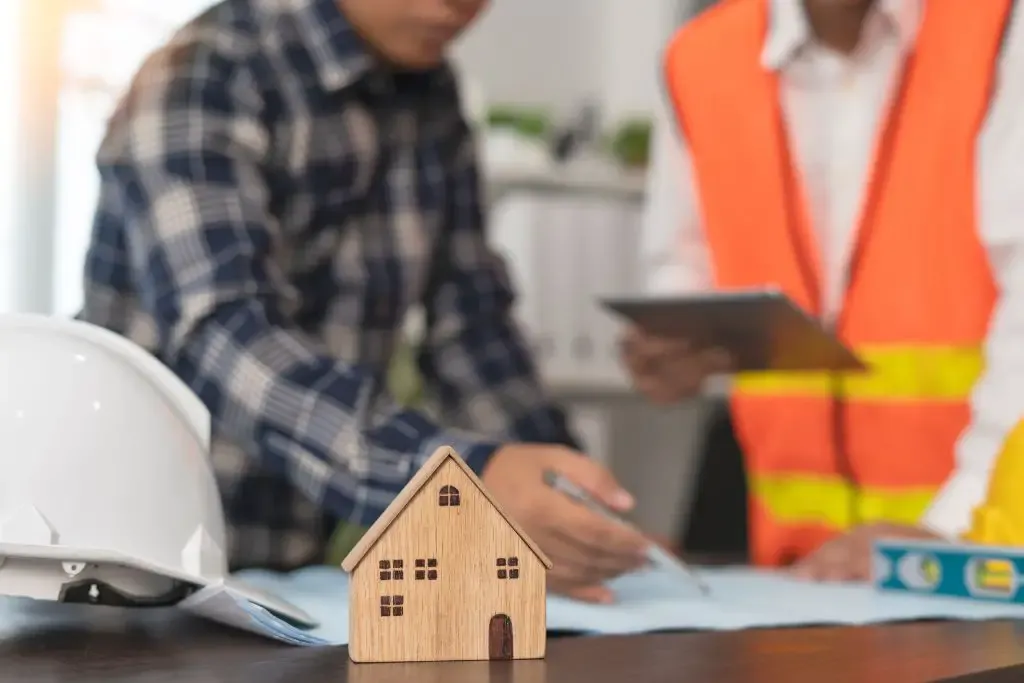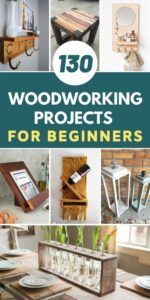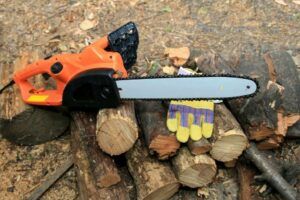
When it comes to safety in the home, there are a few essential things you can do to help prevent injuries.
This article will discuss tips for improving safety in your home, common injury hotspots, and how housing types may impact the type of injuries that occur.
Get Home and Contents Insurance
While it may not prevent accidents from actually happening, home and contents insurance is still essential.

Because it’s a financial safety net for your home and belongings in case of an accident, fire, theft, or other unforeseen events.
This type of insurance can help cover the cost of repairs or replacement of damaged items and provide financial assistance if you need to relocate temporarily.
Explore insurance policies or look for companies offering comprehensive home insurance policies to find the right level of cover for your needs.
Getting your home repairs and items covered by insurance can give you peace of mind and help you to feel safer in your home.
In addition to protecting your property, home and contents insurance can also help protect you financially if someone is injured while on your property.
If you’re found liable for an injury on your property, your home and contents insurance can help cover the cost of medical expenses, legal fees, and any settlements that may be awarded.
While home and contents insurance isn’t required by law, it’s highly recommended for all homeowners. If you’re renting your home, your landlord may require that you purchase contents insurance for your possessions.
Identify typical injury hotspots in the home
There are common spots at home where injuries frequently happen.
A recent survey performed by Compare the Market house insurance shows that most common injuries in the home occur in the kitchen, living room, bathroom, bedroom, stairs, and outdoors.

Most kitchen injuries happen when people are cooking. To avoid these kinds of accidents, it’s essential to be aware of your surroundings and to keep things like knives and hot surfaces out of reach of children.
It’s also important to have a well-stocked first-aid kit in case of minor accidents.
Bathroom injuries are usually fall-related. Wet floors can be very slippery, so it’s important to take extra care when walking around bathrooms. Bathrooms should also be equipped with grab bars and non-slip mats to prevent falls.
Falls down the stairs are another common type of injury in the home. To prevent these, you should ensure that stairs are well-lit and clutter-free. It’s also a good idea to install handrails on both sides of the stairs.
There are some common injuries that can occur in any room in the house, including trips, falls, cuts, and burns.
To prevent these kinds of accidents, it’s important to keep your home clean and tidy and to repair any broken items immediately.
It’s also a good idea to create a safe space for children to play in so they’re not at risk of hurting themselves.
Childproof Your Home As Much As Possible
One of the most important things you can do to improve safety in your home is to childproof it as much as possible.
This means ensuring that any potential hazards are out of reach of young children and that their safe play area is well-lit and easily accessible.
Potential hazards in the home can include:
- Unstable furniture
- Sharp objects
- Toxic chemicals
- Exposed electrical outlets
- Open flames (from candles, stoves, etc.).
Some ways to childproof your home include:
- Using child safety locks on cabinets and doors
- Installing stair gates at the top and bottom of stairs
- Covering electrical outlets with outlet covers
- Keeping matches and lighters out of reach
- Putting candles in high, stable holders.
Making your home as safe as possible for young children can help prevent serious injuries from happening.
It’s important to take the time to identify potential hazards and make changes to reduce the risk of injury.
Create a general safety plan and practice it with your family

Making and knowing how to follow a safety plan is one of the most important things you can do to stay safe in your home.
Every family’s safety plan will be different, but there are some common elements that every plan should include.
First, you’ll need to identify all the potential hazards in your home; these can include electrical outlets, sharp objects, chemicals, and stairs.
Once you know what the hazards are, you can take steps to remove them or make them safer. For example, you might move harmful chemicals out of reach of children, or put up gates at the top and bottom of staircases.
Next, you’ll need to choose an emergency meeting place. This is somewhere everyone in your family can go if there’s a fire or another emergency. It should be outside and away from your home.
You’ll also need to choose a safety contact, preferably someone who lives away from your family home. This is someone who everyone in your family can call if they get separated during an emergency.
Finally, you’ll need to practice your safety plan. This includes knowing how to use a fire extinguisher and escape from your home if there’s a fire. Everyone in your family should know what to do and where to go in an emergency.
Making and knowing how to follow a safety plan is one of the most important things you can do to stay safe in your home.
By taking the time to identify hazards, choose an emergency meeting place, and practice your safety plan, you can help keep your family safe in an emergency.
The type of housing you live in can also impact safety in the home
This risk may not be as obvious to many people, but it’s no less crucial.
For example, homes with multiple stories may pose a greater risk for falls, while homes with pools may pose a greater risk for drowning.
Be aware of the hazards specific to your home and take steps to mitigate them.
In addition, if you live in an apartment, there are some things you can do to make it safer.
One is to install peepholes in all your exterior doors; that way, you can see who is outside before you open the door and avoid letting strangers into your home.
Another safety measure for apartment dwellers is to install deadbolt locks on all their exterior doors. Deadbolts are much harder to break through than regular doorknob locks, so they can provide an extra layer of security.
If you live in a house, there are also things you can do to make it safer. One is to install smoke detectors on every level of your home and test them monthly to make sure they’re working.
You should also have a fire extinguisher in your kitchen and know how to use it.
Conclusion
By following these tips, you can help make your home a safer place for everyone. Be sure to childproof, create a home safety plan, and be aware of typical injury hotspots.
Additionally, take into account the specific hazards of your home when taking steps to improve safety. Most importantly, acquire home and contents insurance to cover worst-case scenarios at home.


![How To Start A Woodworking Business [Ultimate Guide] How To Start A Woodworking Business [Ultimate Guide]](https://handykeen.b-cdn.net/wp-content/uploads/2021/10/woodworking-business-1-300x200.jpg)



![9 Best Pole Saws of 2023 [Ultimate Guide] 9 Best Pole Saws of 2023 [Ultimate Guide]](https://handykeen.b-cdn.net/wp-content/uploads/2021/03/best-pole-saw-300x200.jpg)
